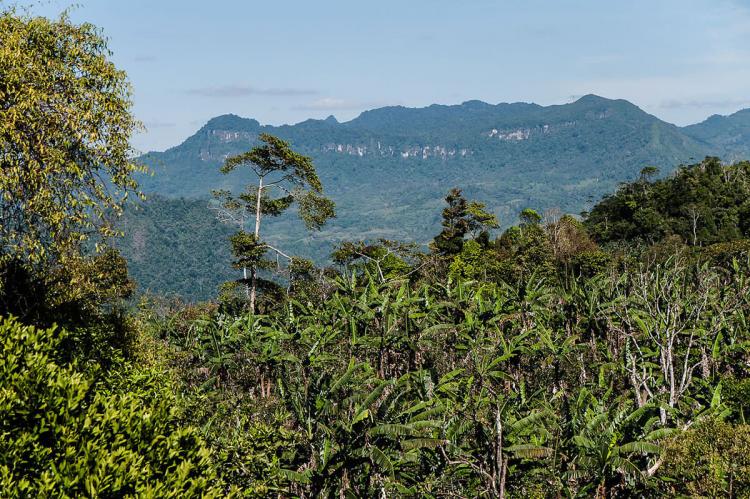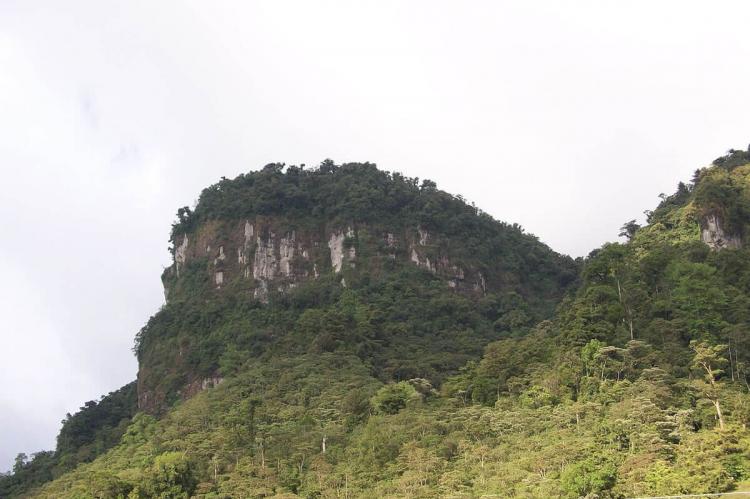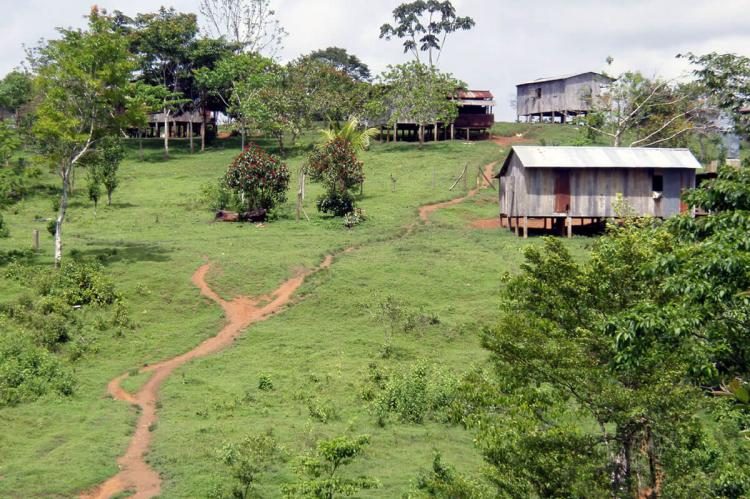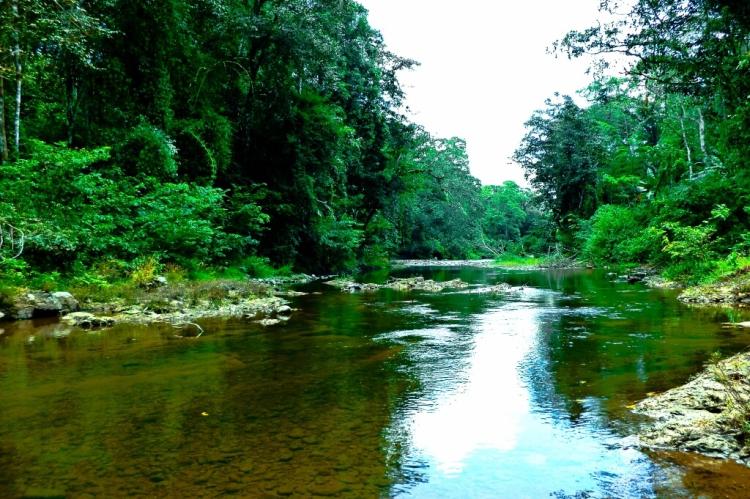Bosawás Biosphere Reserve: Nature's Untamed Realm
In the northern reaches of Nicaragua lies the sprawling Bosawás Biosphere Reserve. It comprises the second-largest rainforest in the Western Hemisphere. Despite its vast size, the reserve remains largely unexplored, shrouding its mysteries in verdant canopies and untamed landscapes.
Bosawás Biosphere Reserve
Nature's Untamed Realm
In the northern reaches of Nicaragua, adjacent to the Honduran border, lies the sprawling Bosawás Biosphere Reserve. Covering an immense expanse of approximately 20,000 square kilometers (7,700 square miles) or 2,000,000 hectares (5,000,000 acres), this reserve, comprising both nucleus and buffer zone, comprises the second-largest rainforest in the Western Hemisphere. Bosawás remains largely unexplored despite its monumental size, shrouding its mysteries in verdant canopies and untamed landscapes.
Isabella Mountain Chain: The Geological Backbone
Cutting across the Biosphere Reserve from southwest to northwest, the Isabella Mountain chain is a geological marvel that adds to the region's allure. This mountainous terrain reaches toward the expansive Atlantic plain, creating a diverse topography. Within this protected area cluster lies the Saslaya National Park, a mosaic of volcanic peaks, including the formidable 'Cerro Saslaya,' standing tall at 1,594 meters (5,230 feet) above sea level. The undulating terrain, adorned with humid tropical forests, tropical cloud forests, and pine savannas, conceals an extraordinary wealth of biodiversity, harboring many rare or endangered species.
Biodiversity and Conservation: A Symphony of Life
Bosawás, as the heartbeat of the Mesoamerican Biological Corridor, forms a symbiotic relationship with three adjacent protected areas in Honduras. This collaborative effort includes the Río Patuca National Park, Tawhaka Anthropological Reserve, and Río Plátano Biosphere Reserve. Together, they constitute the largest complex of protected tropical mountain moist forest north of the Amazon basin, serving as a vital sanctuary for countless species.
Guardians of the Forest: Indigenous Cultures
Within the depths of Bosawás, the forest echoes the presence of some of Central America's last populations of iconic species, including the Giant Anteater, Baird's Tapir, Central American Spider Monkey, Jaguar, Harpy Eagle, and American Crocodile. Notably, the world witnesses the survival of Baird's Tapir and Central American Spider Monkey against the backdrop of changing landscapes and encroaching threats.
Cultural Testimony: The Mayangna People
Bosawás is not merely a sanctuary for biodiversity but a living testament to the harmonious coexistence of nature and indigenous cultures. The indigenous Mayangna, or Sumu, have called this region home for centuries, achieving an intricate testimony of knowledge about the local flora and fauna. Their cultural practices have shaped the biological systems that thrive within the reserve.
Challenges and Conservation: A Call to Action
However, the delicate balance faces mounting challenges. A rapidly advancing agricultural frontier, escalating contamination of watercourses originating outside the reserve, illegal logging, and illicit trade in endangered animal and plant species pose imminent threats. In the face of these challenges, the interconnected biological and cultural systems of Bosawás stand at a crossroads, prompting a collective call for conservation efforts to safeguard this extraordinary sanctuary for future generations.




